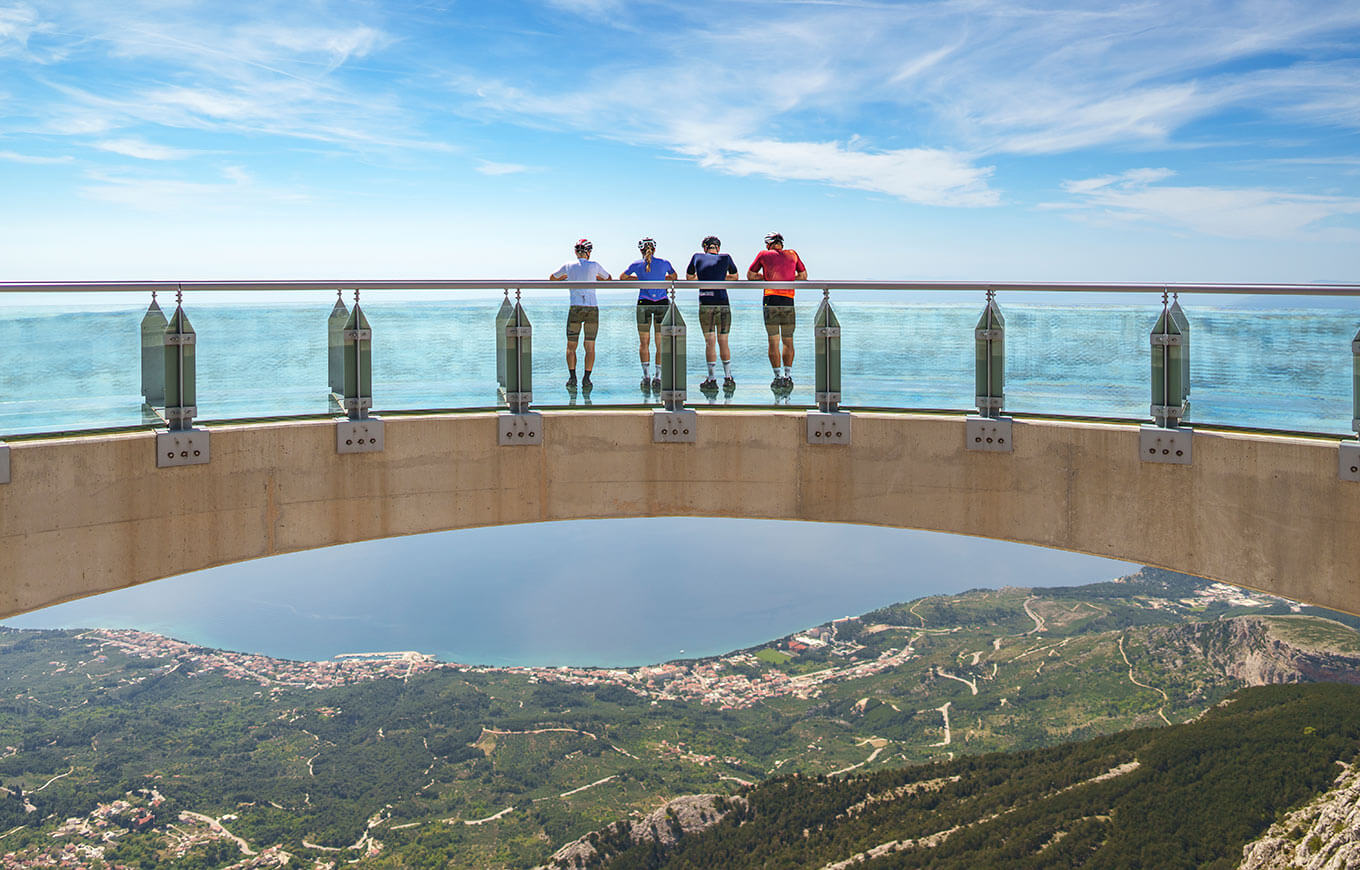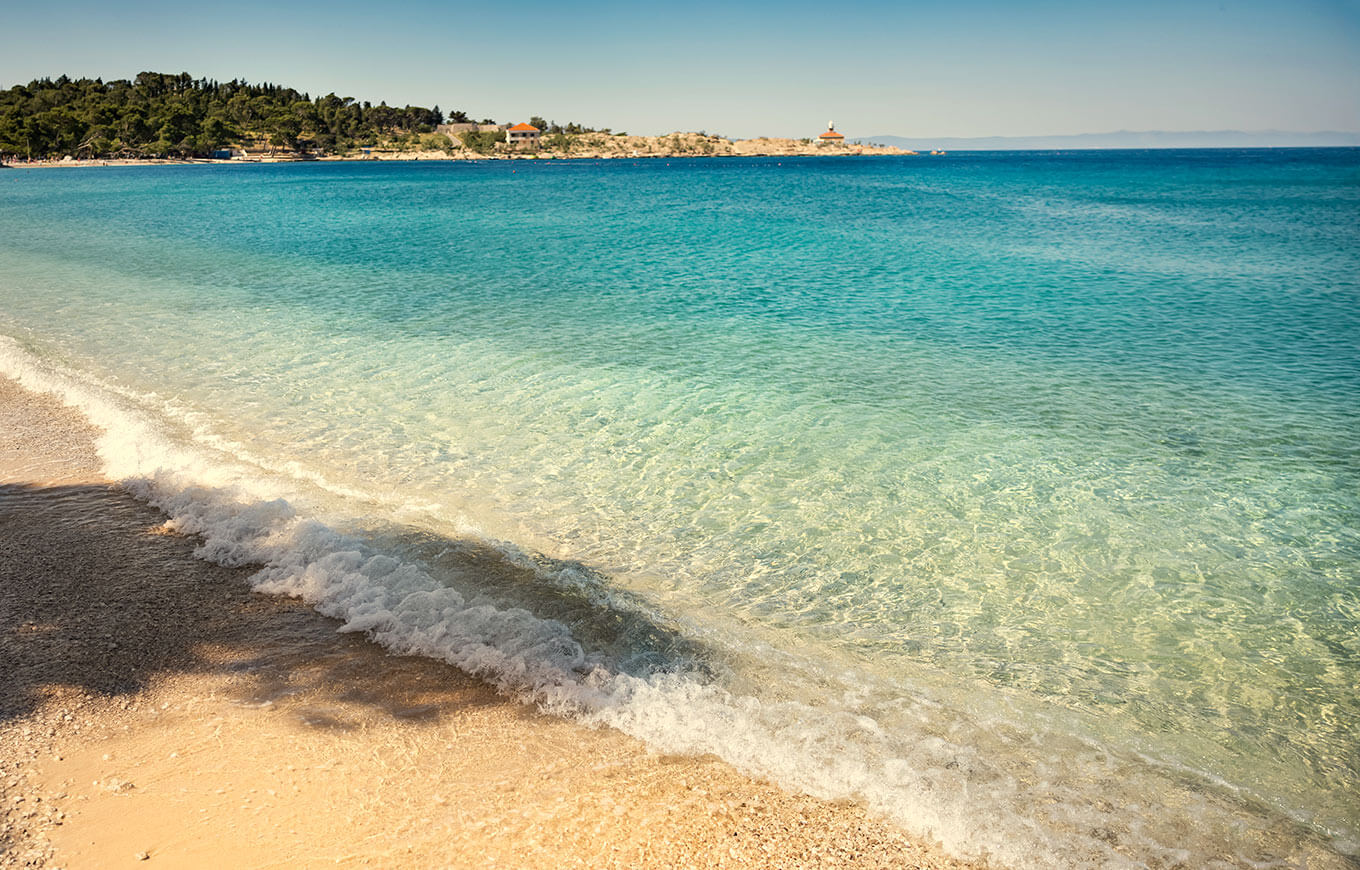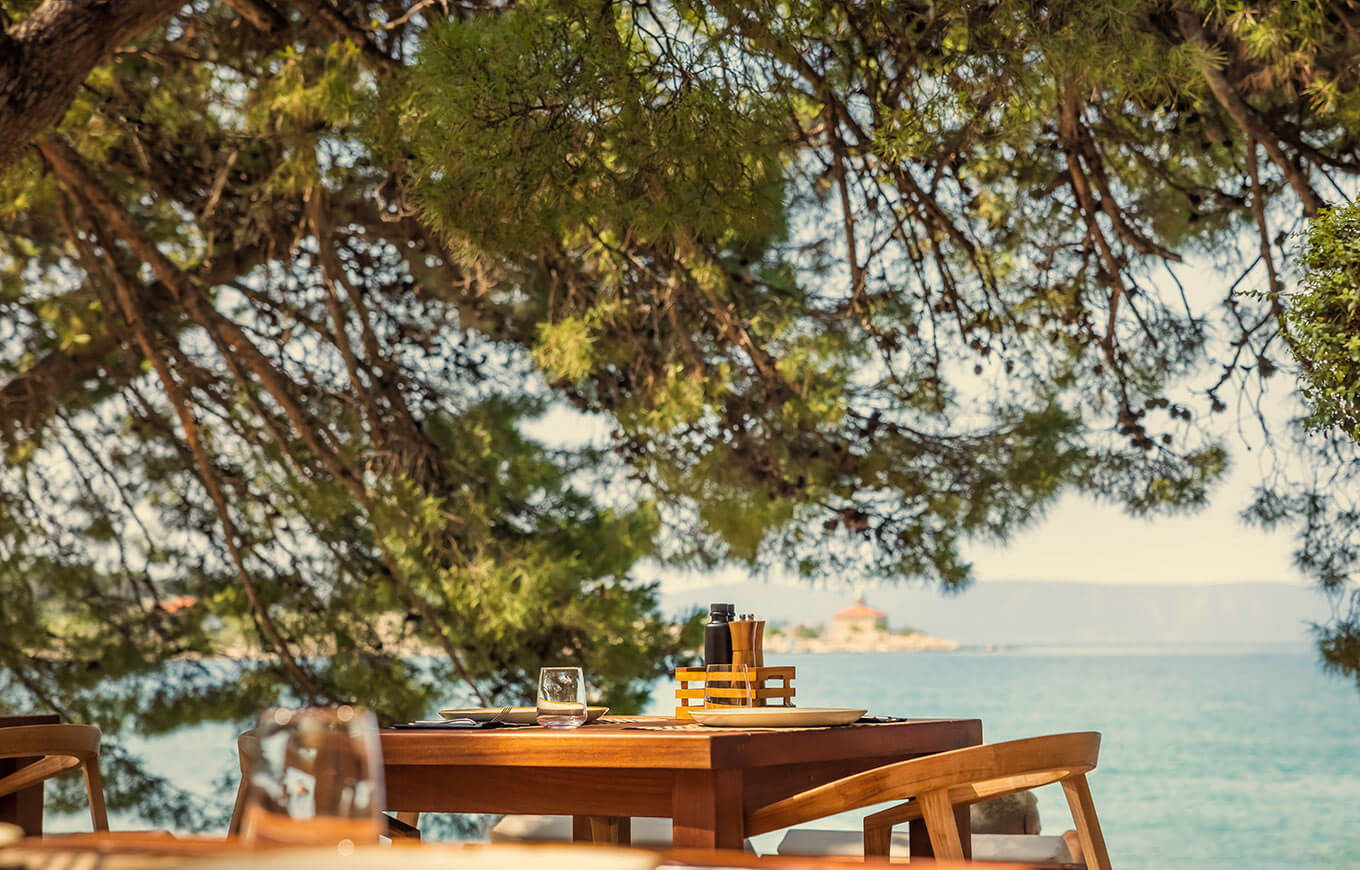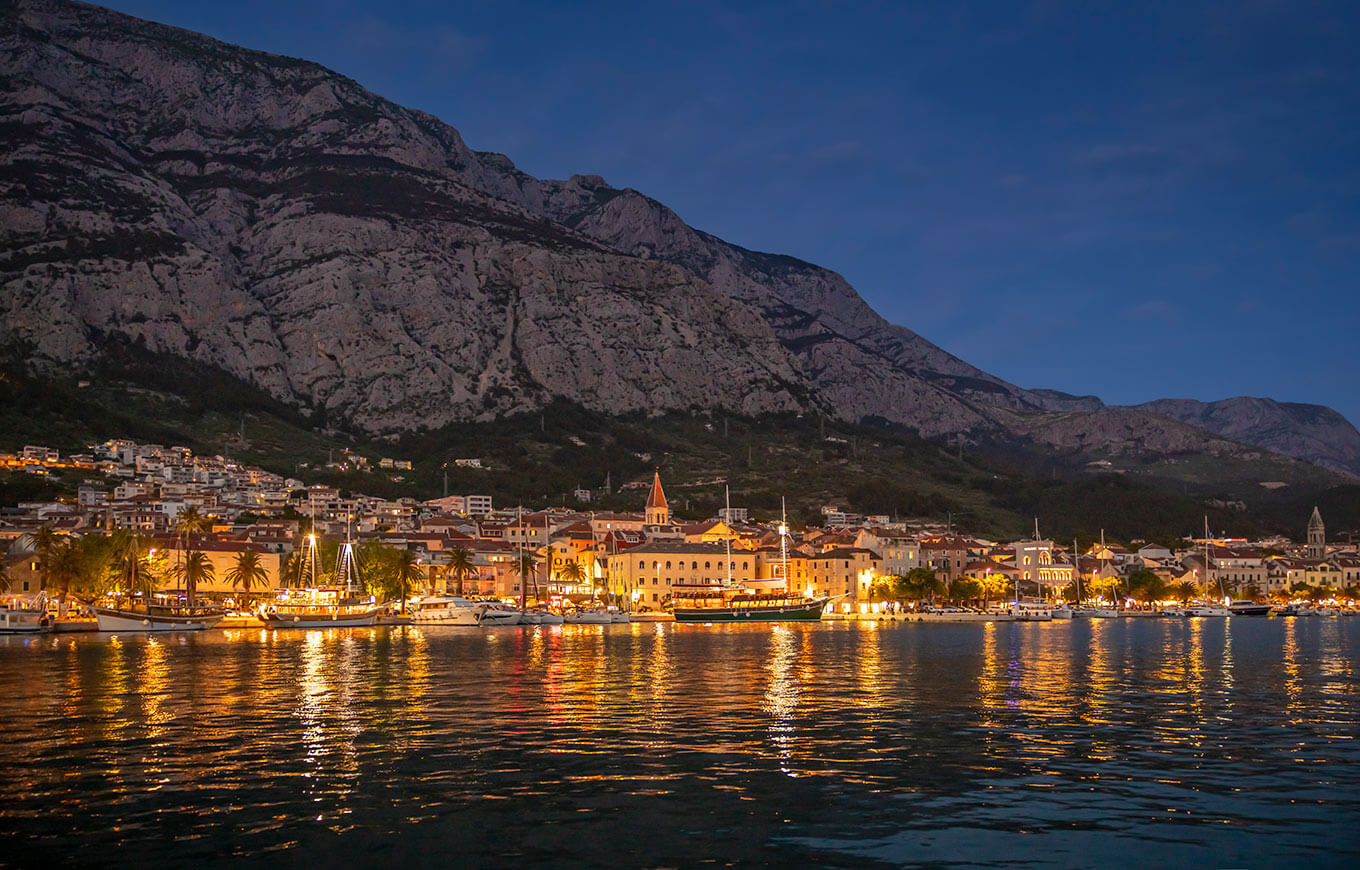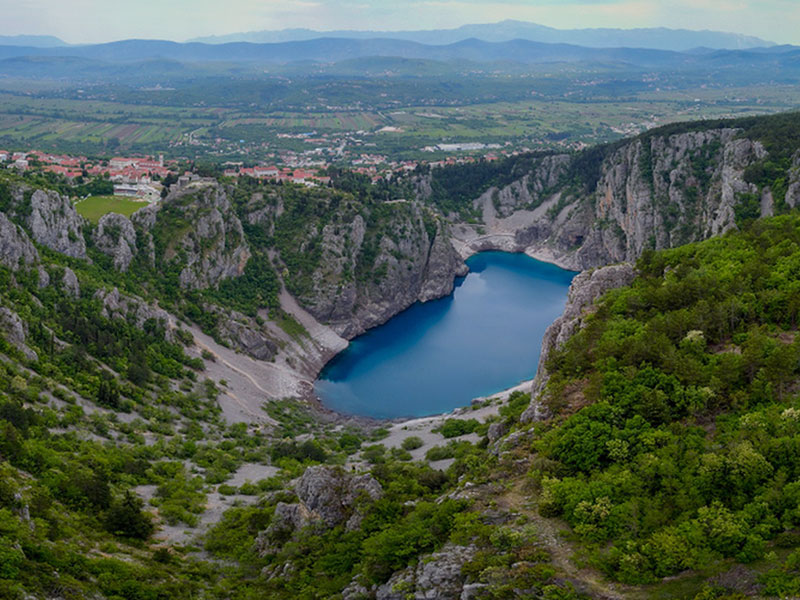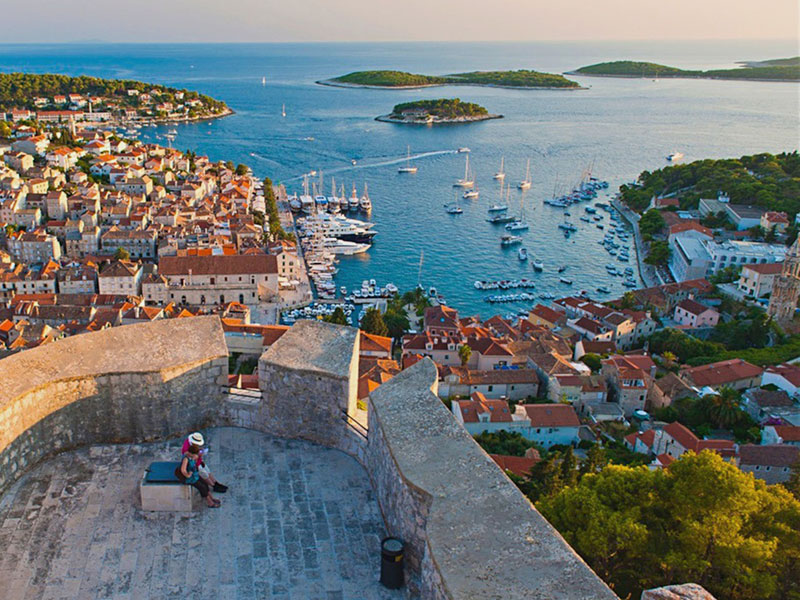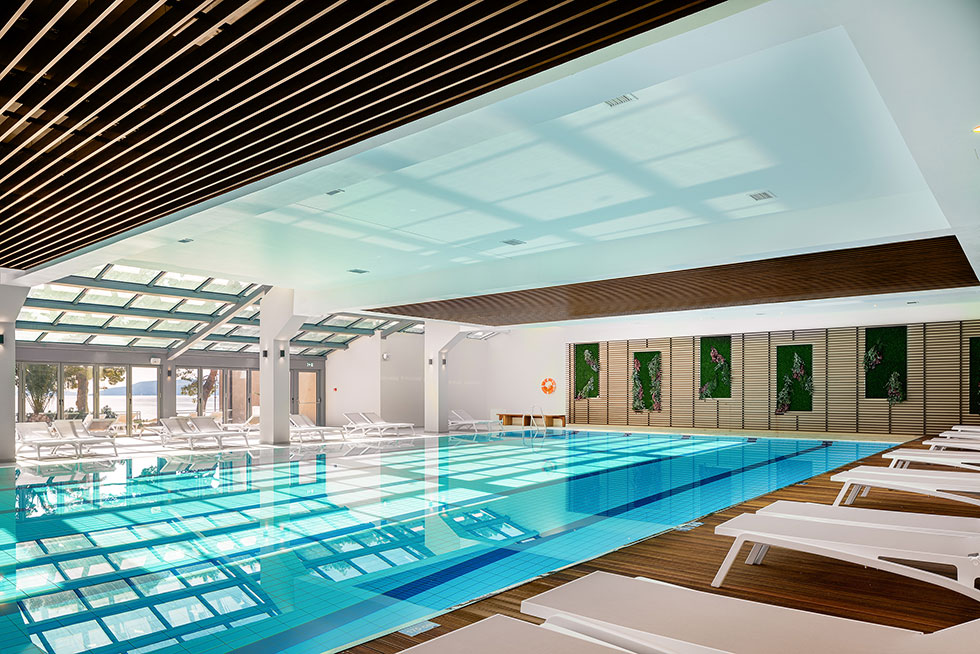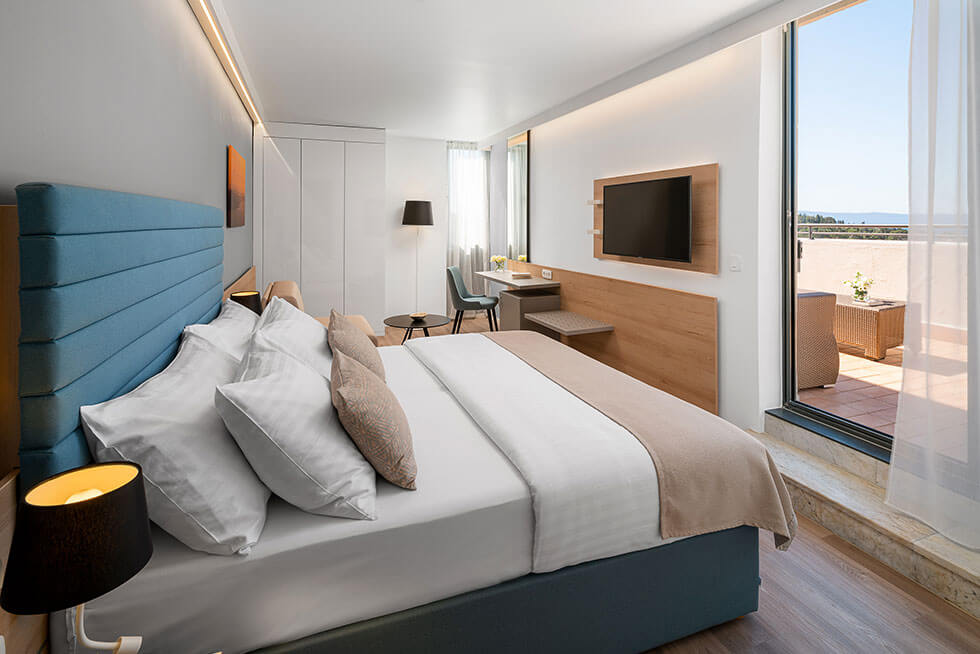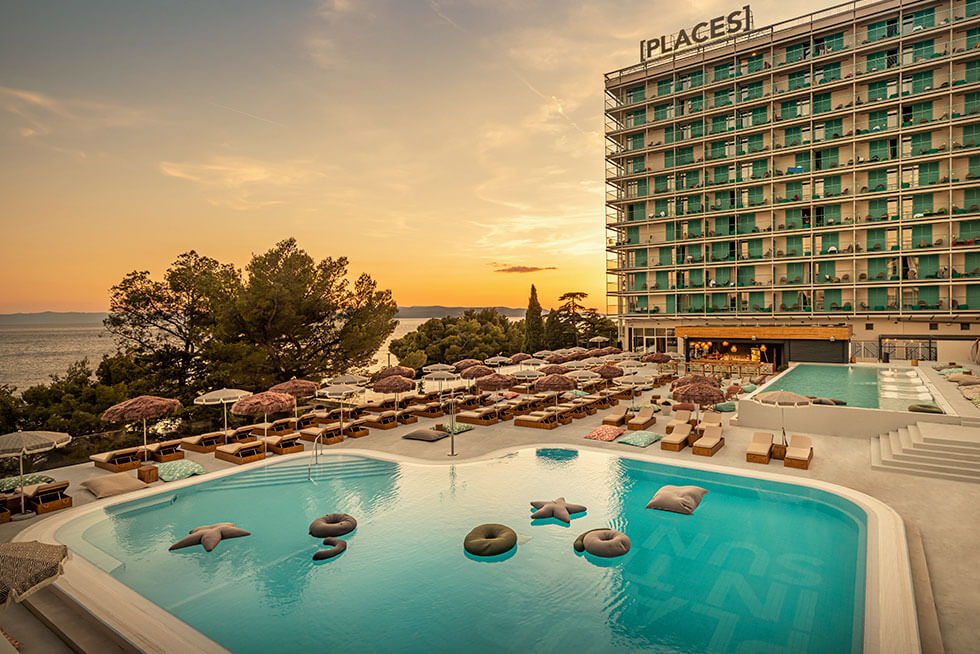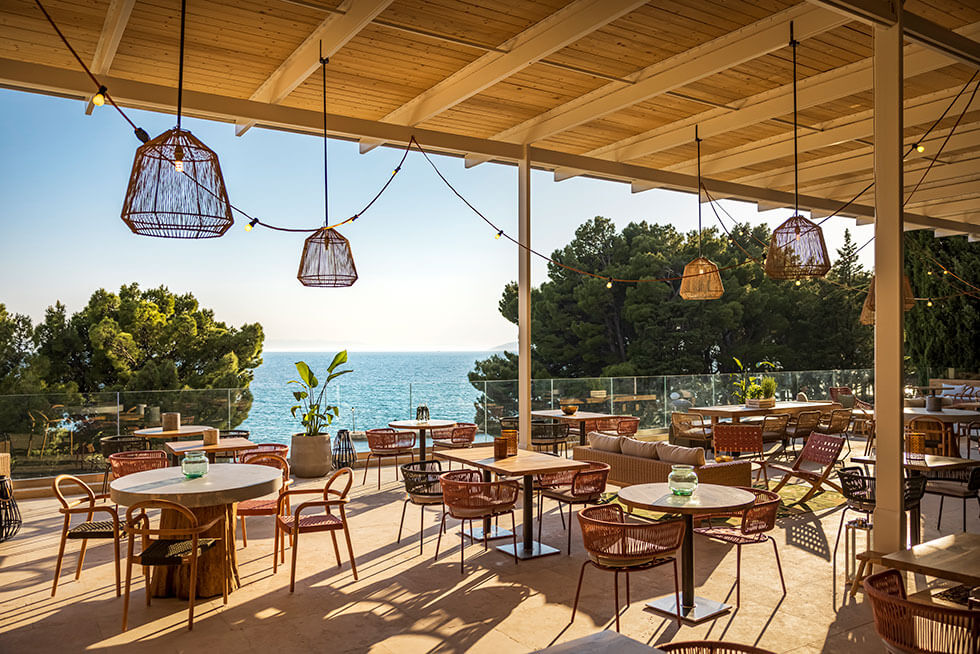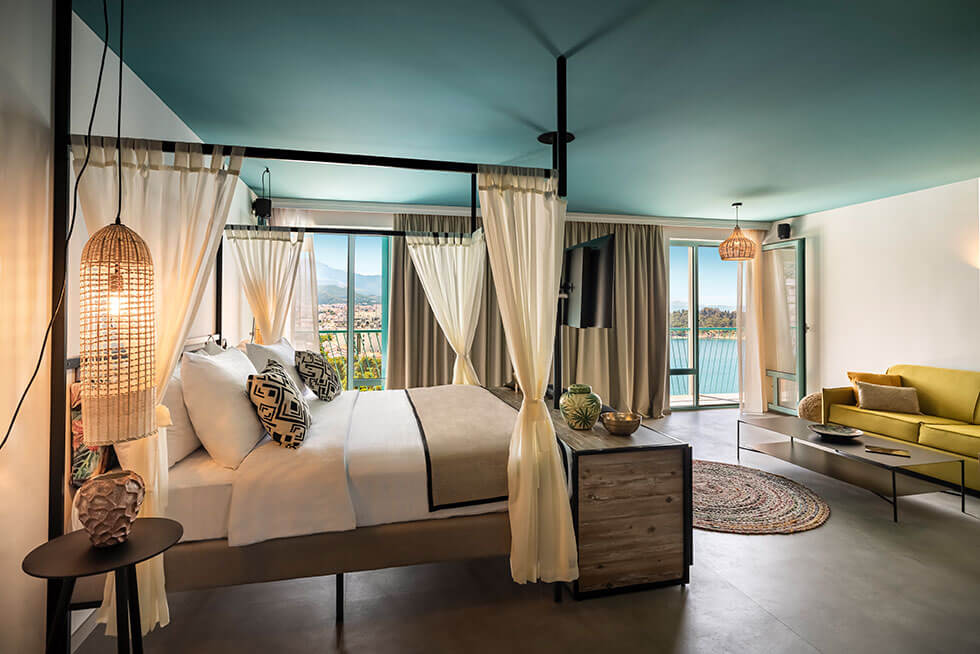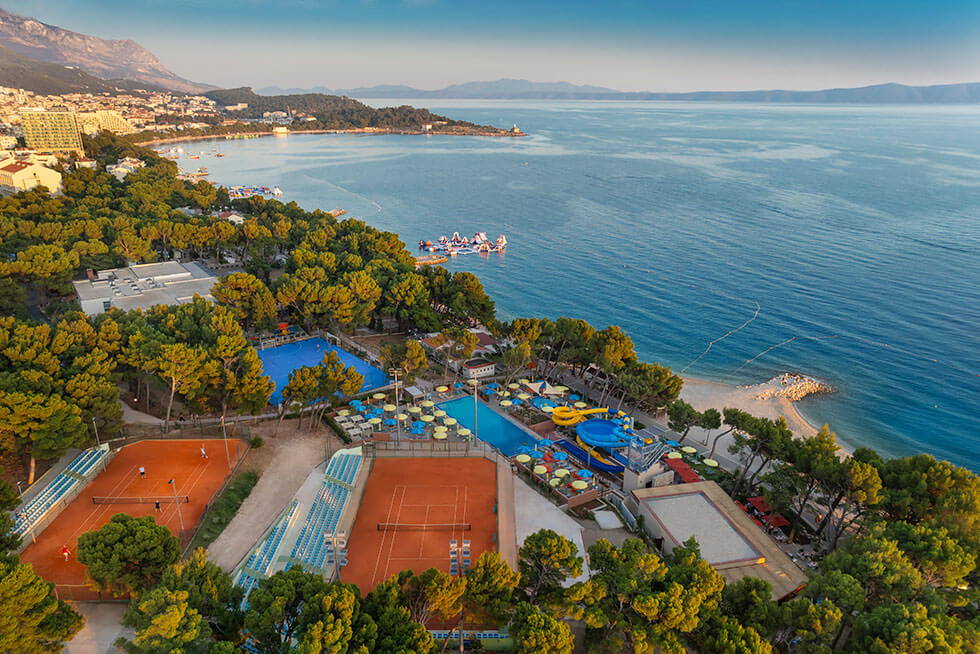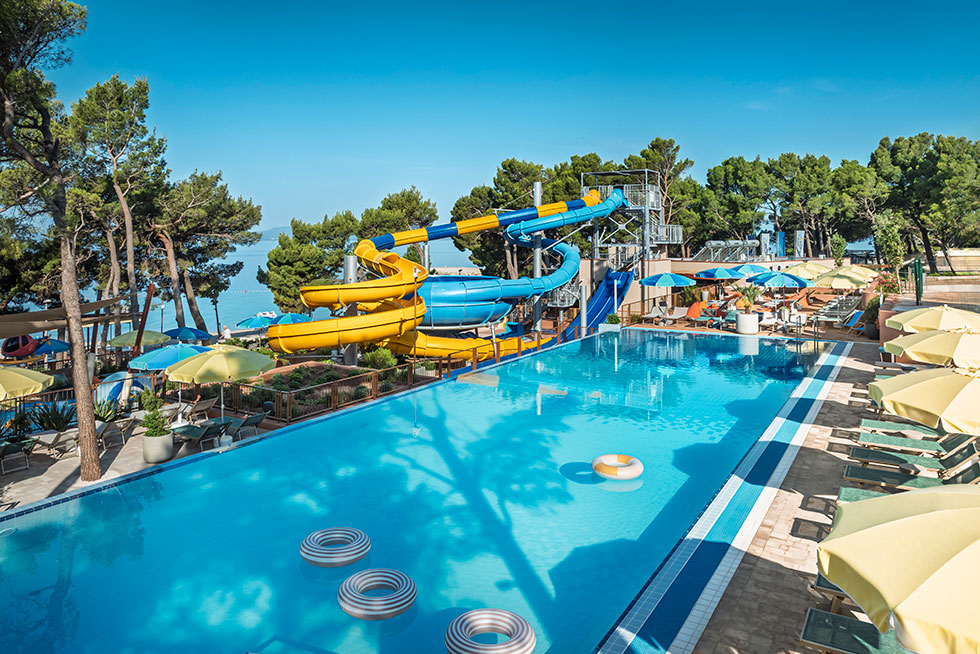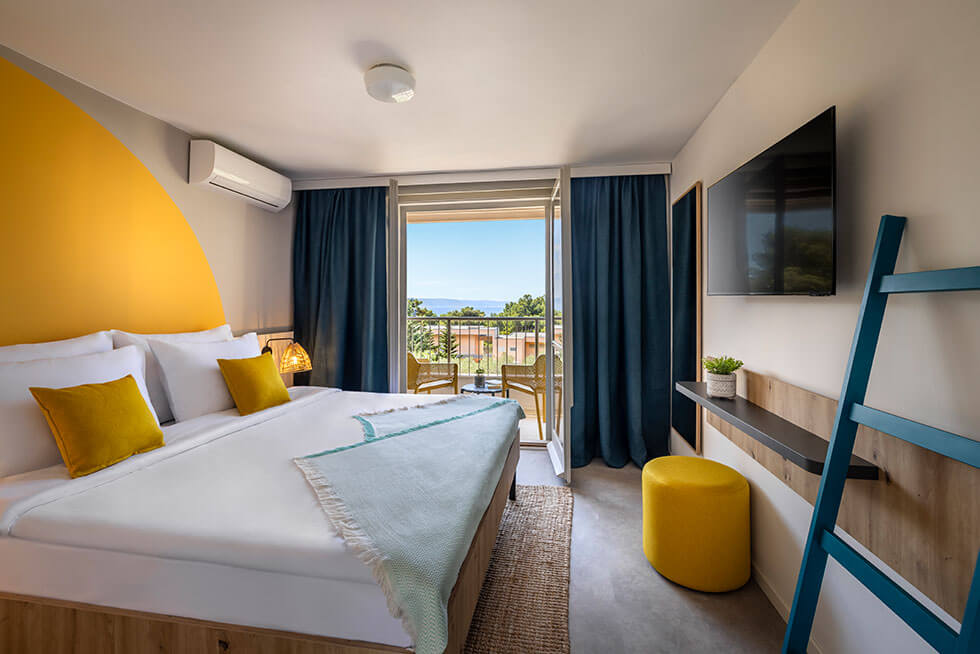
Discover Makarska
Escape to Makarska, a Dalmatian coast gem blending nature, history and culture.
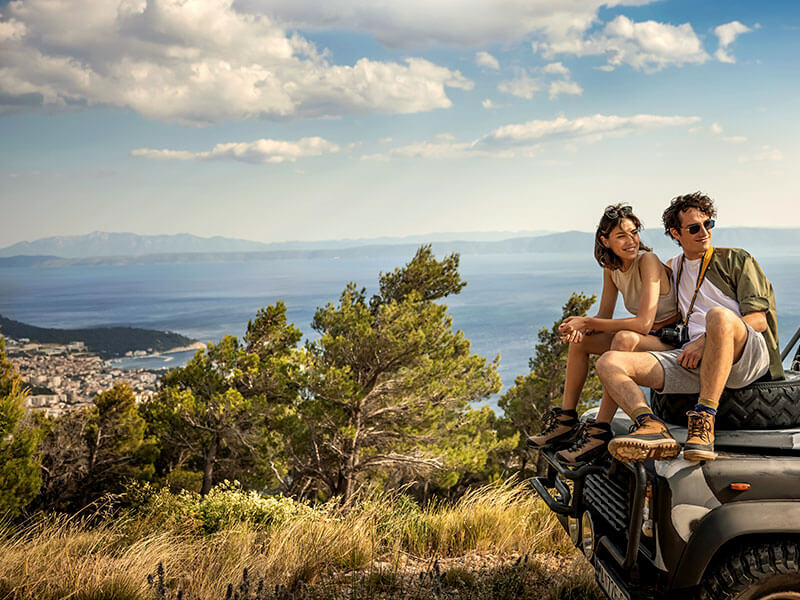
Stunning beaches
Makarska boasts crystal-clear waters, perfect for sunbathing, swimming and water sports
Majestic Biokovo
Towering over the town, Biokovo Mountain invites hikers to explore its trails
Dalmatian gastronomy
Savour the flavours of the Adriatic with exquisite seafood enriched by local ingredients
Historic charm
Wander through the town’s narrow streets, ancient churches and charming squares
Location
Makarska Riviera
Makarska is situated in the central part of the Dalmatian coast, opposite the island of Brač. The Makarska Riviera extends 60 km along the coast, framed by the dramatic Biokovo mountain range to the back and the sparkling Adriatic Sea to the fore.
How to get to MakarskaDiscover and book authentic local experiences
3 properties in Makarska
per room per night from
€97
per room per night from
€144
New in 2025 Pool Zone
per room per night from
€172





